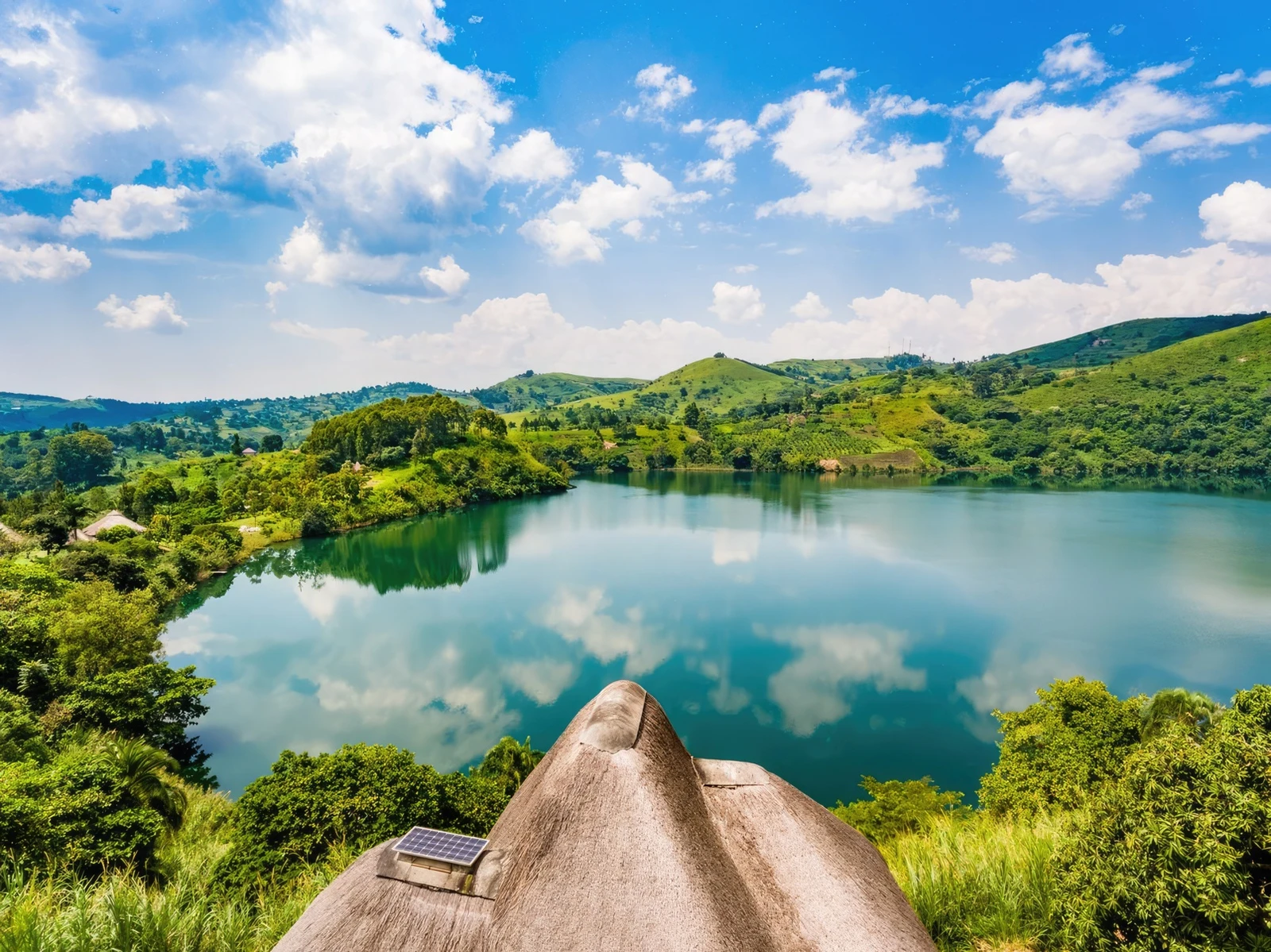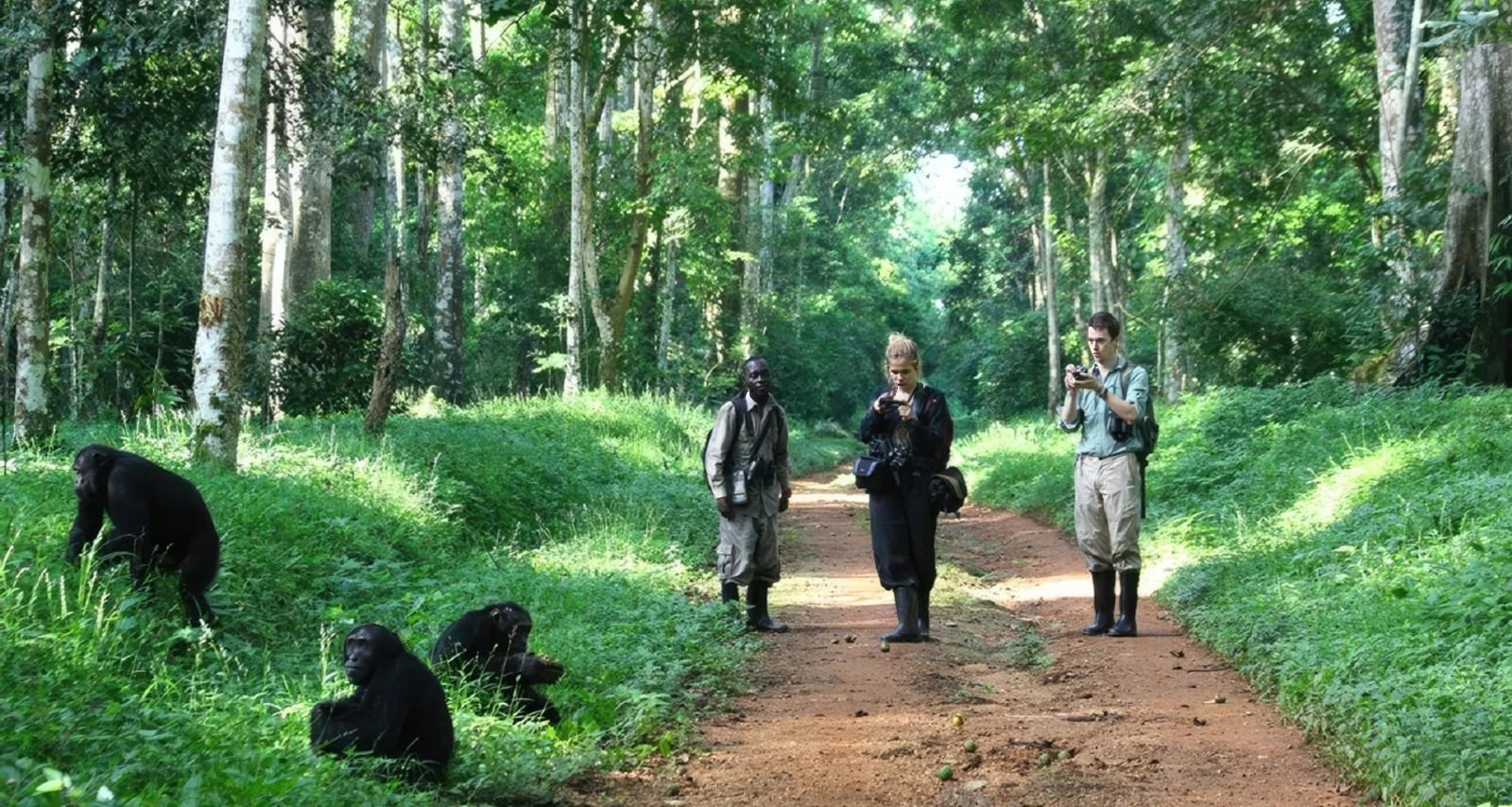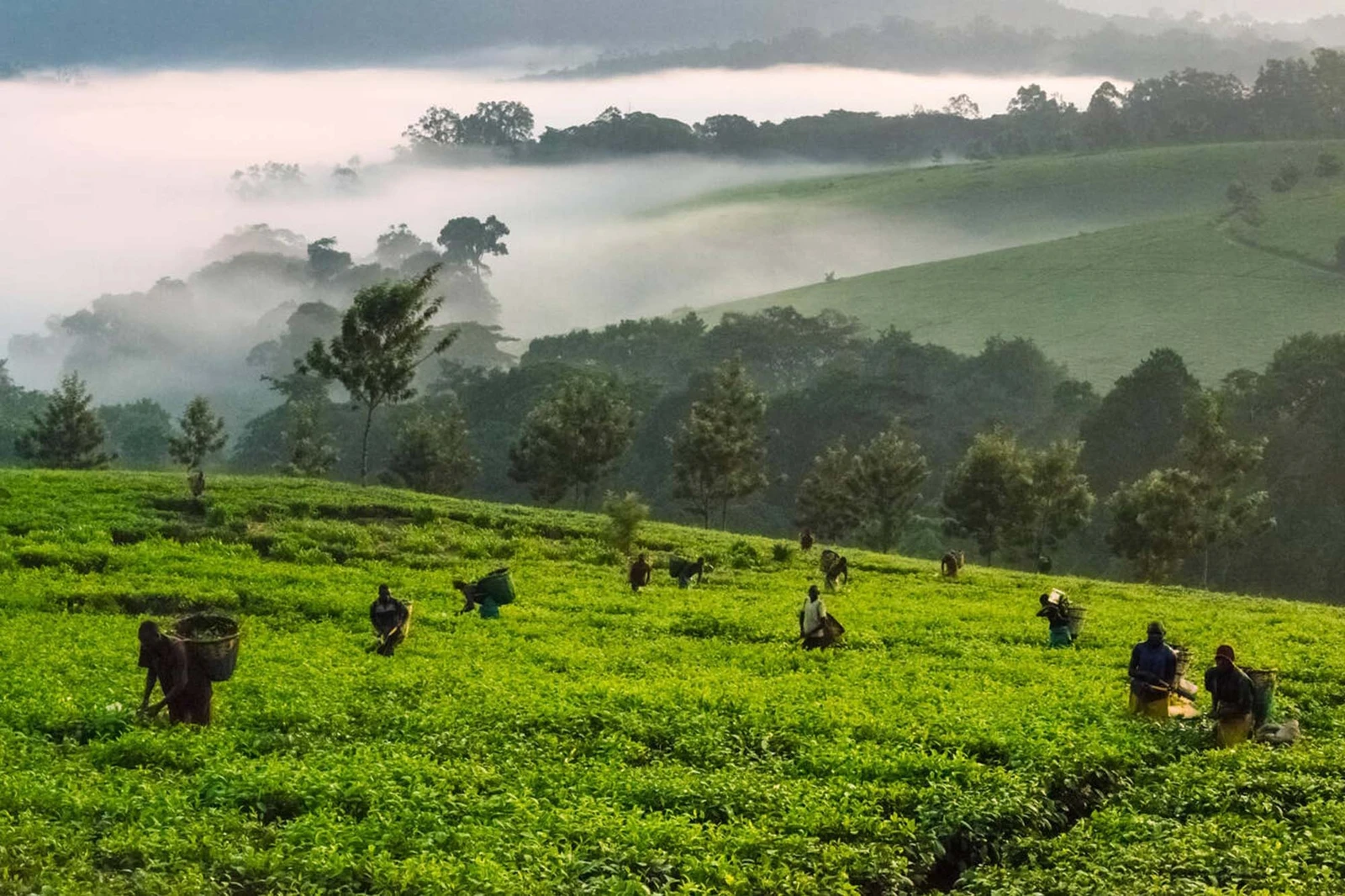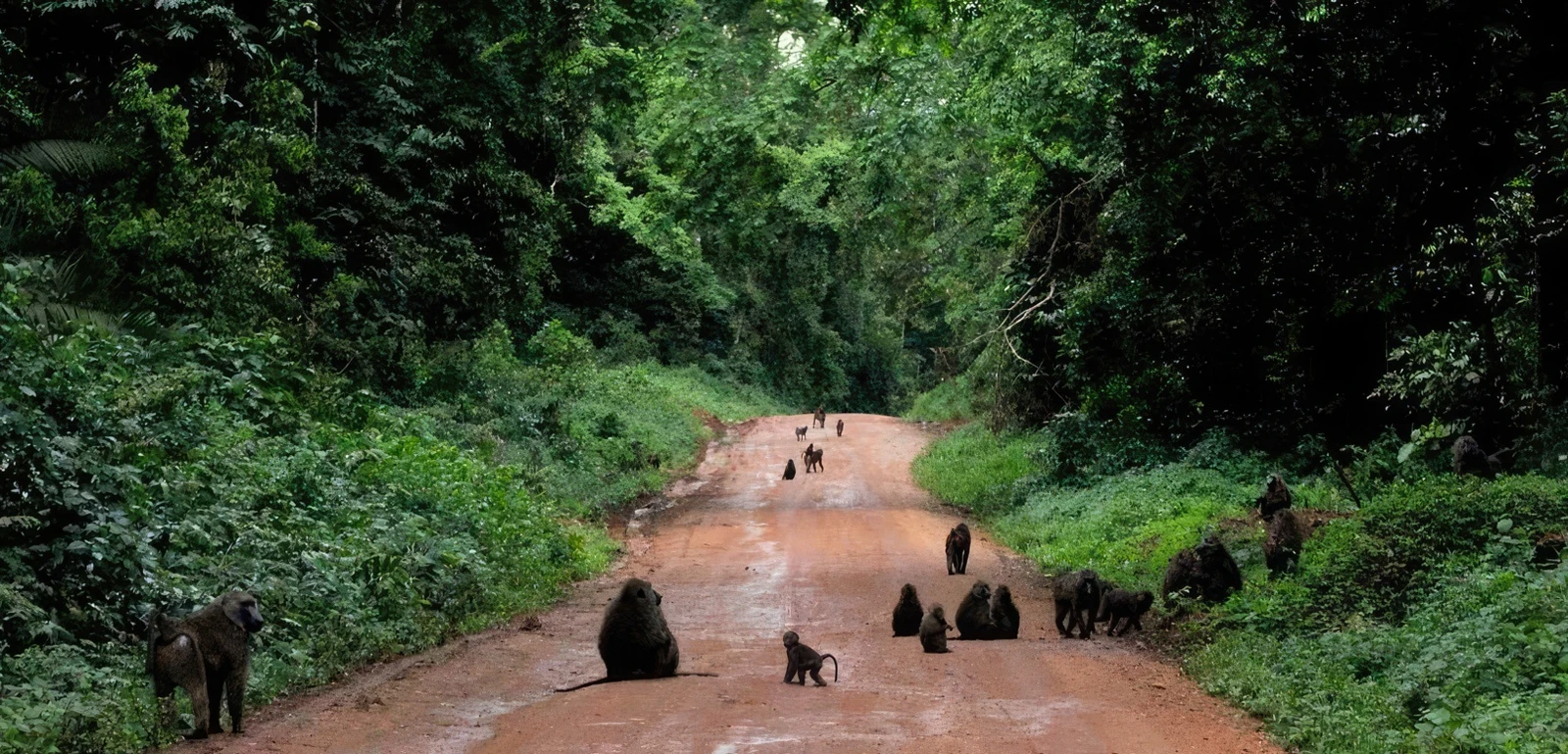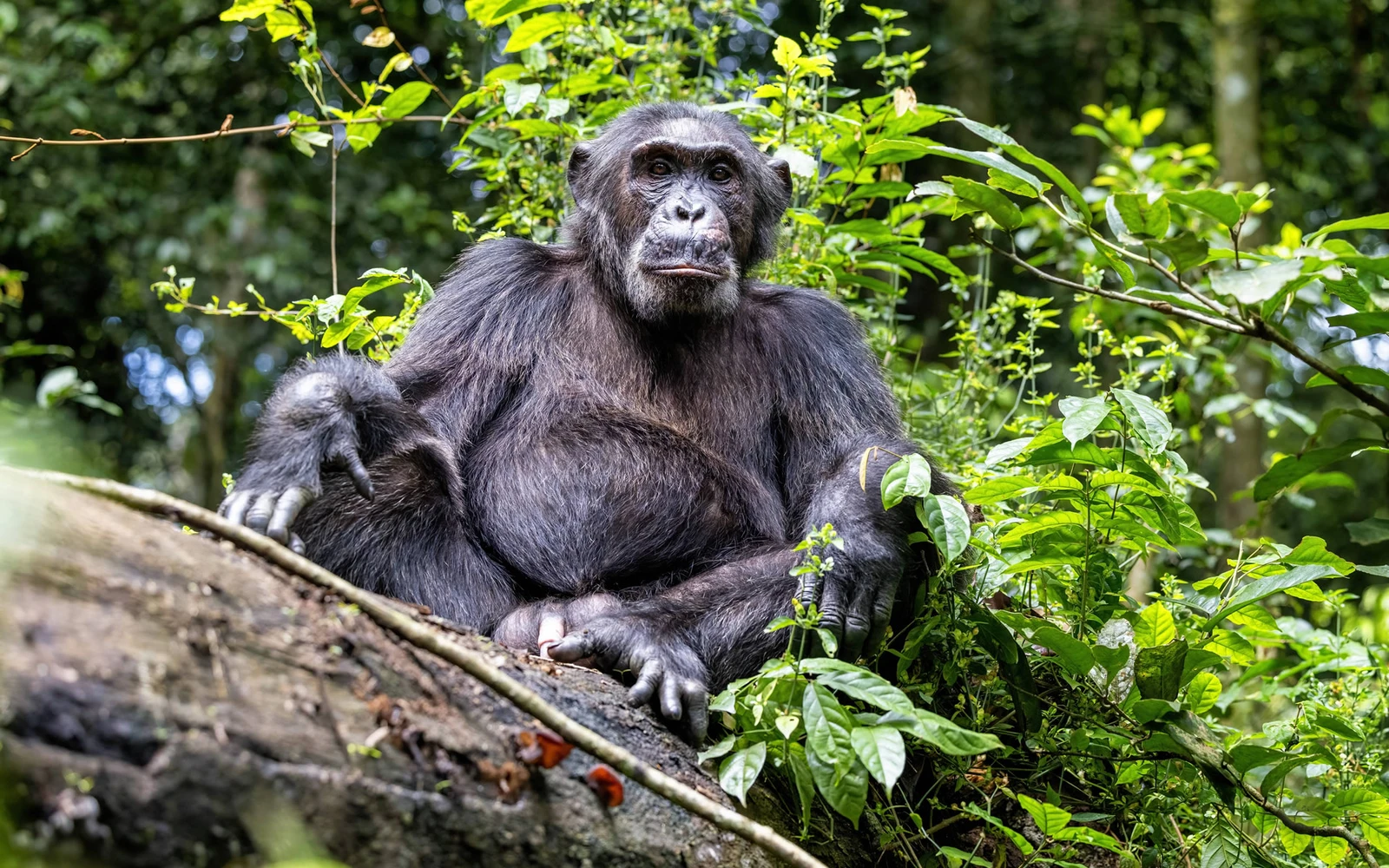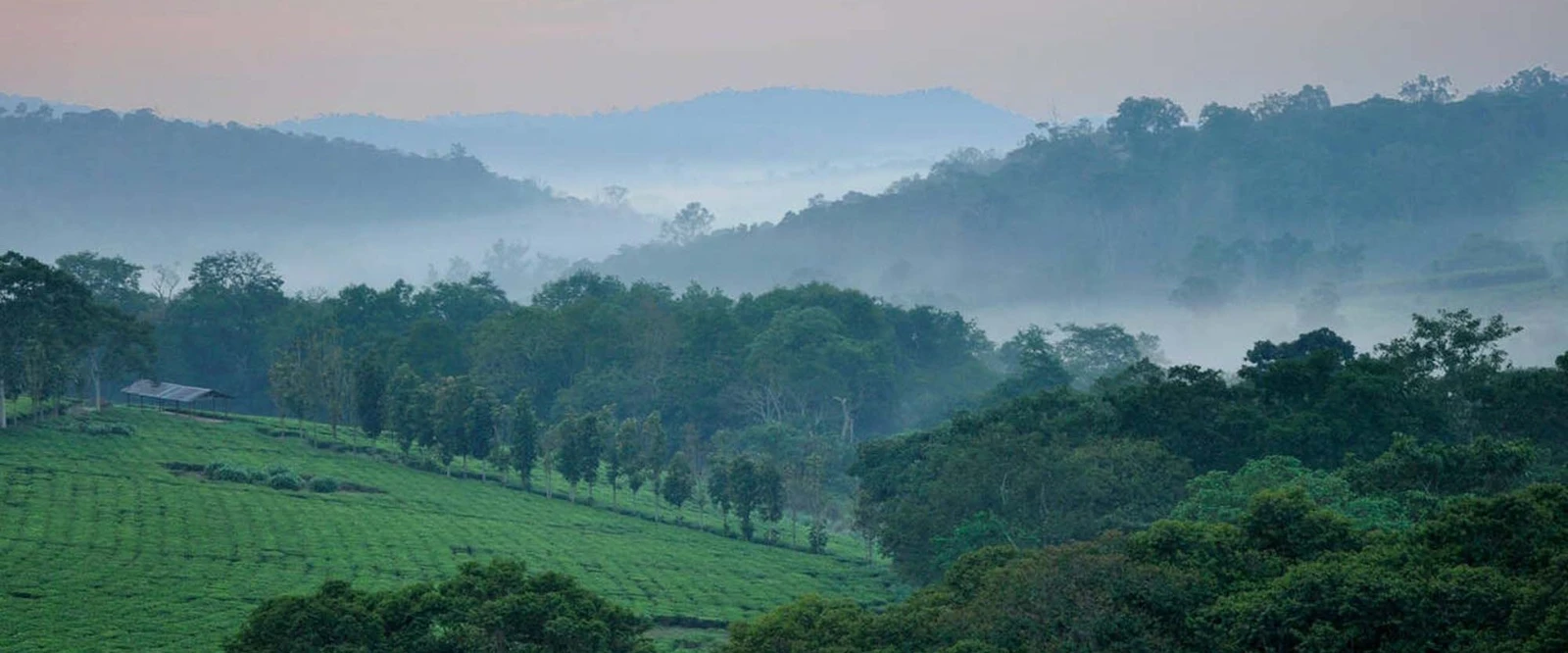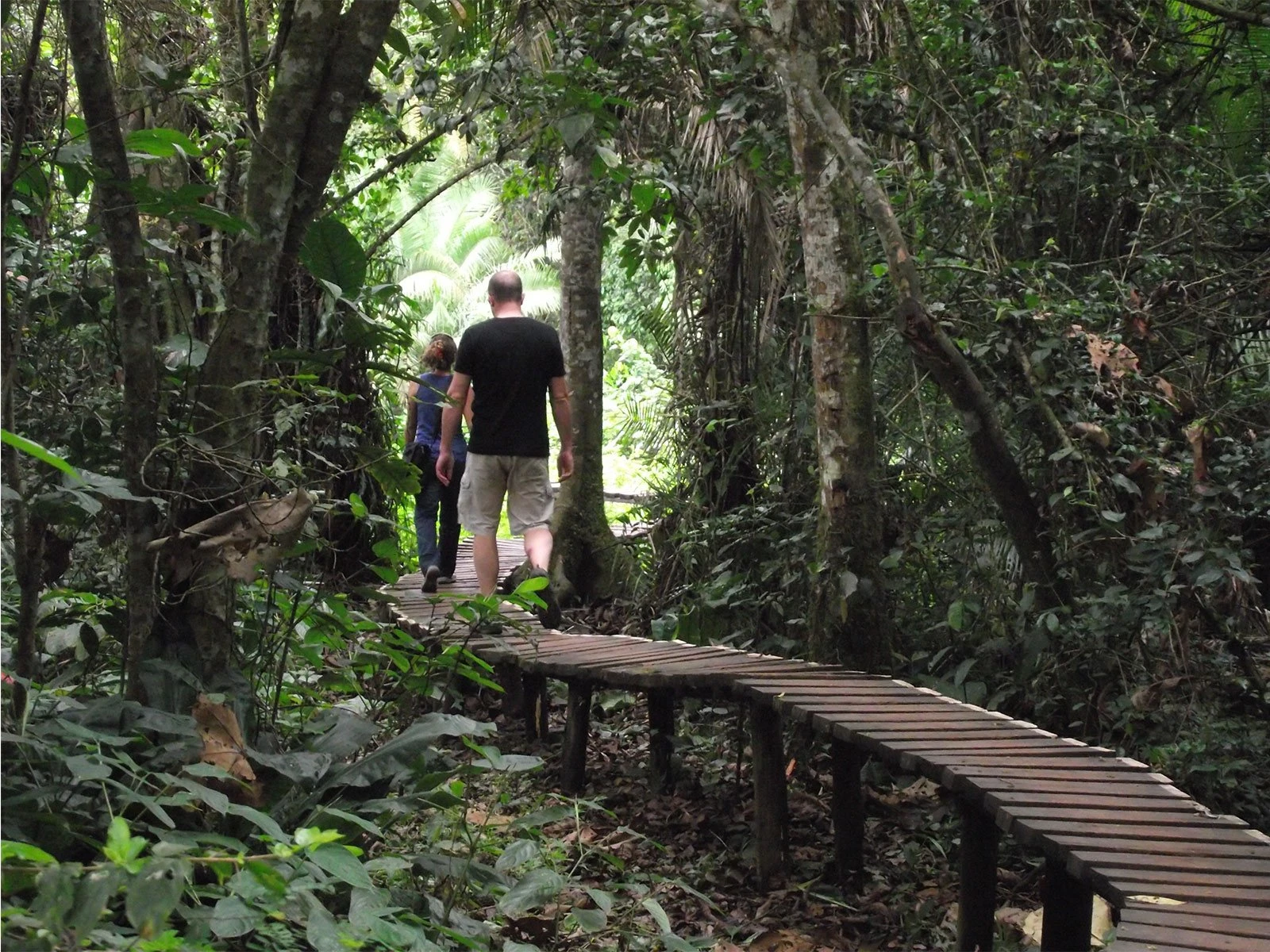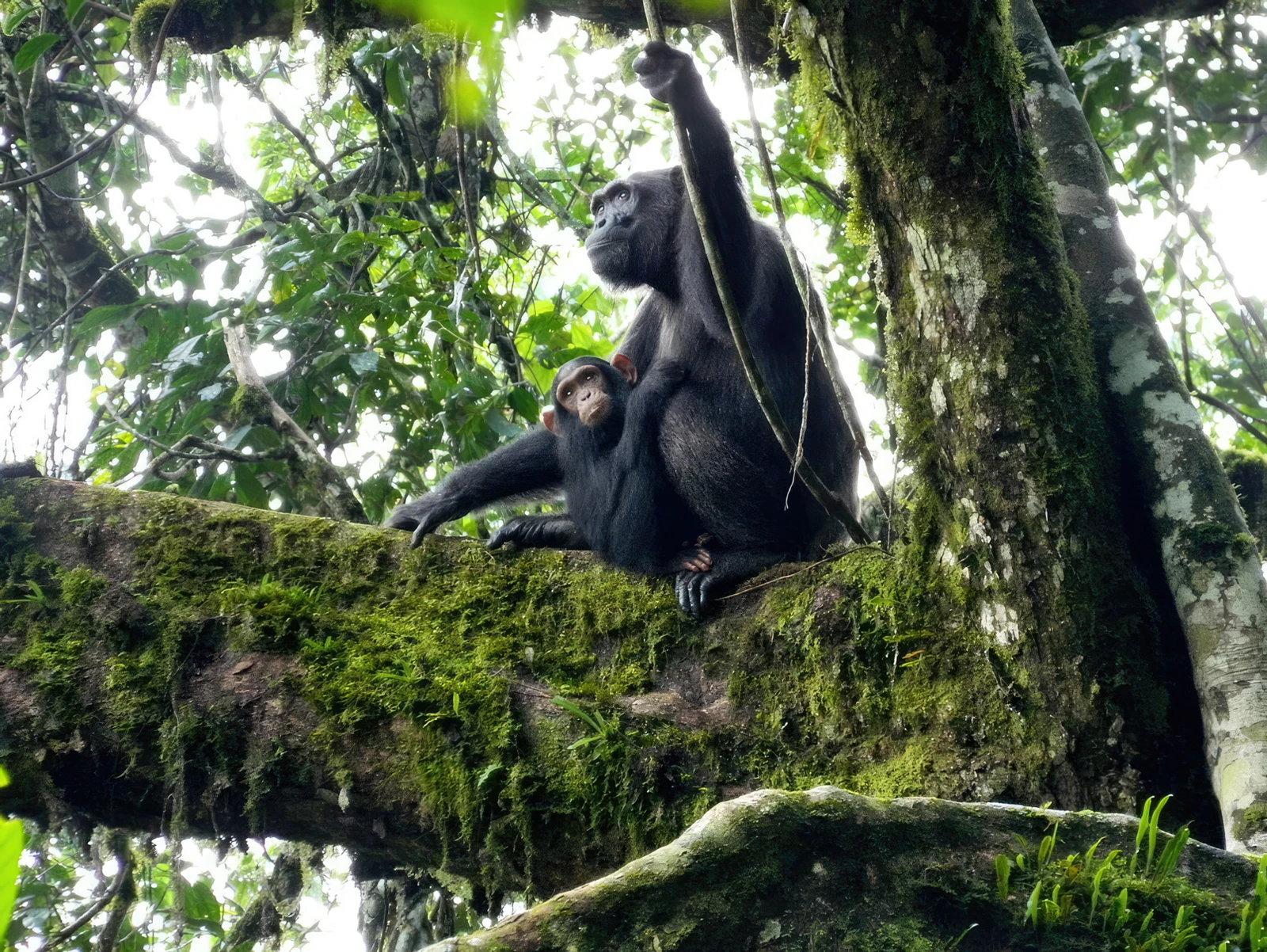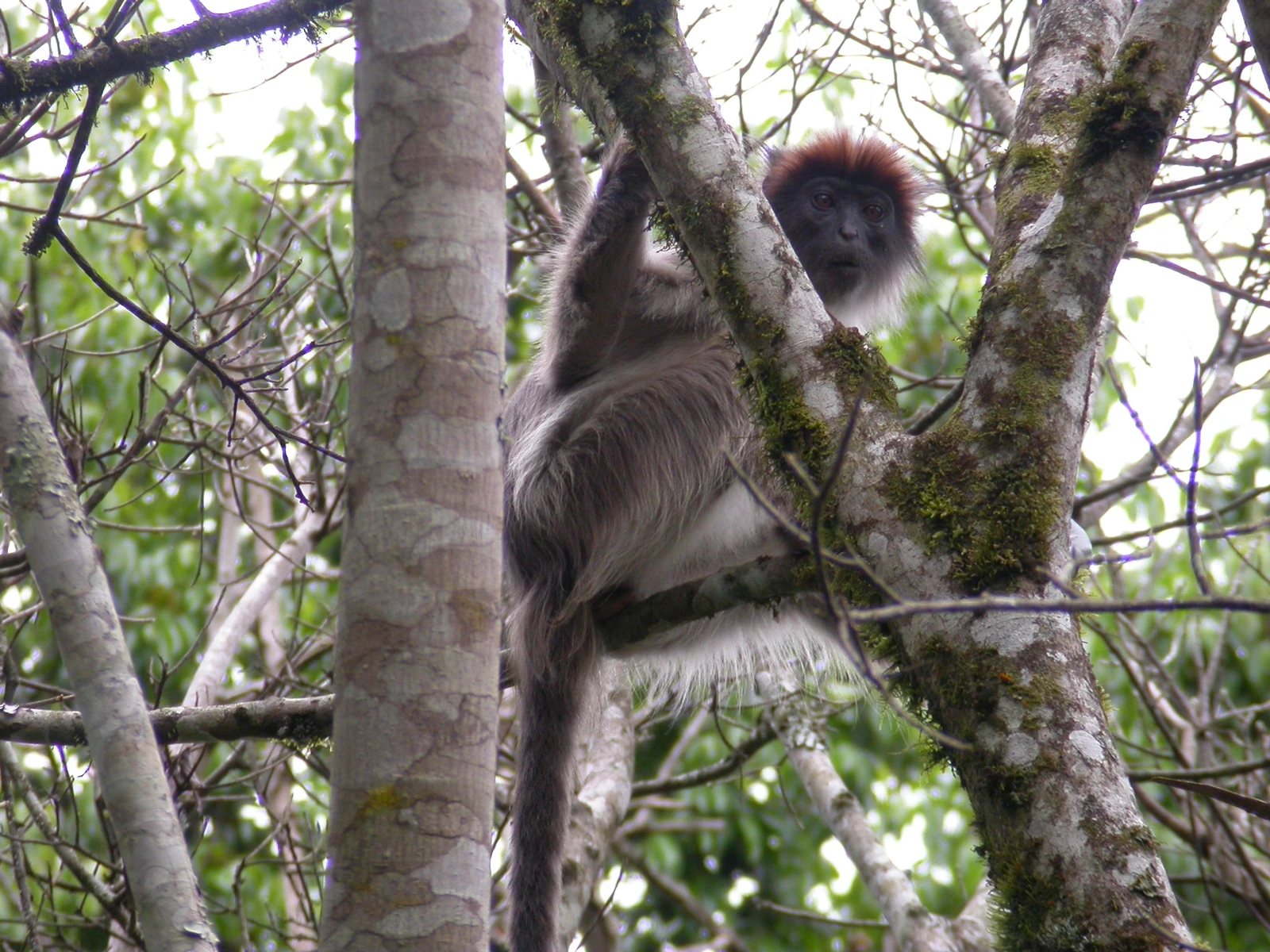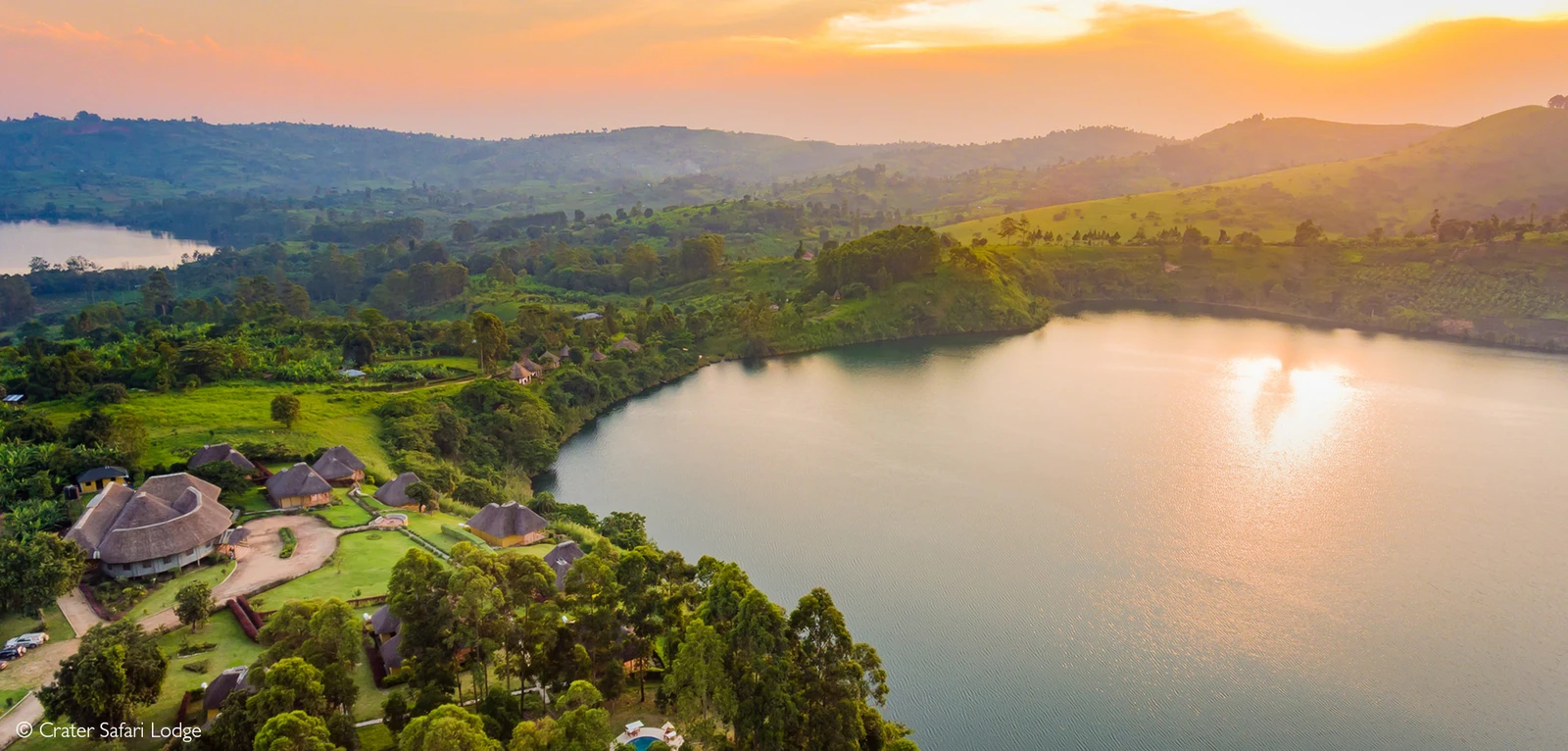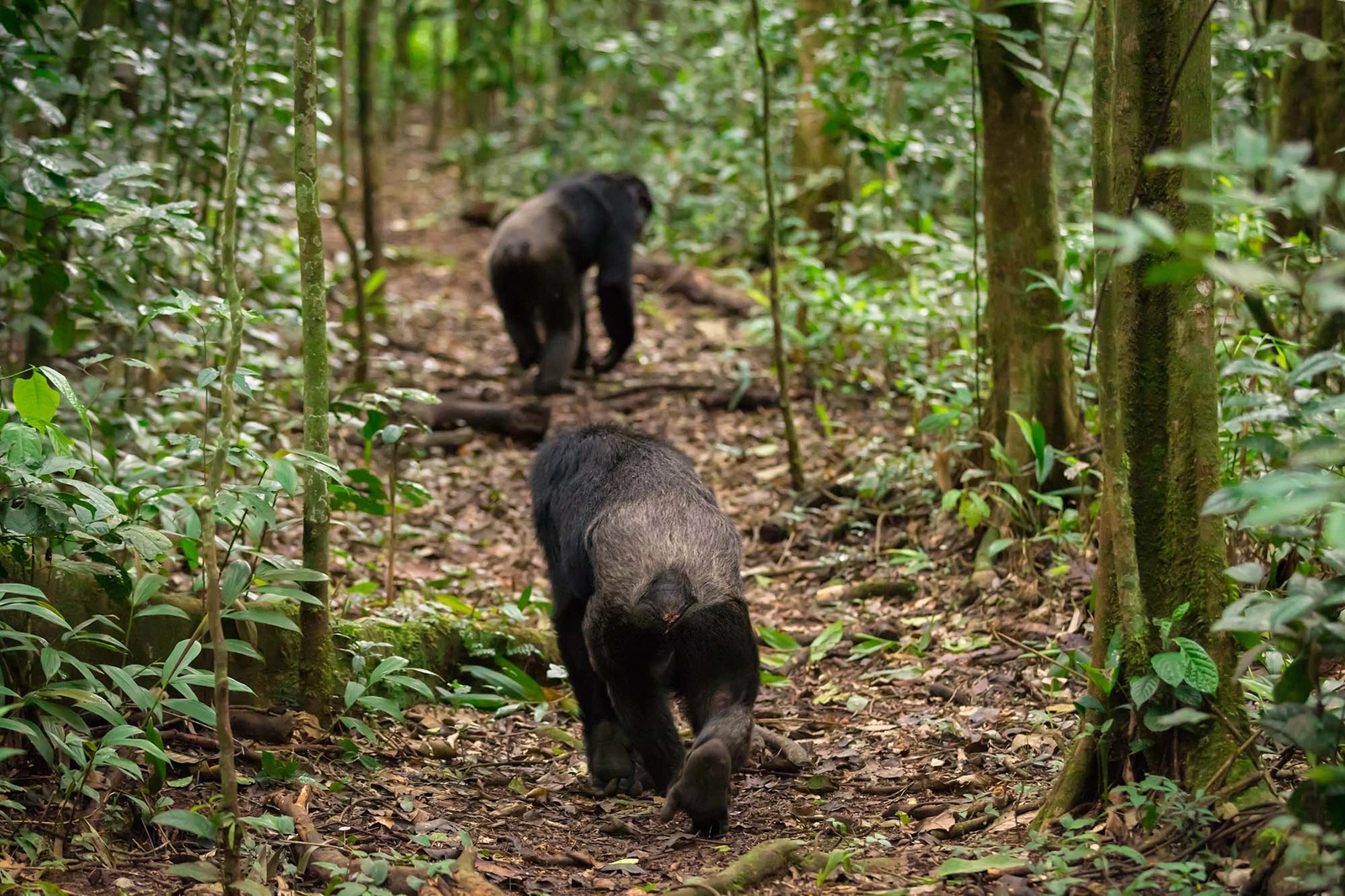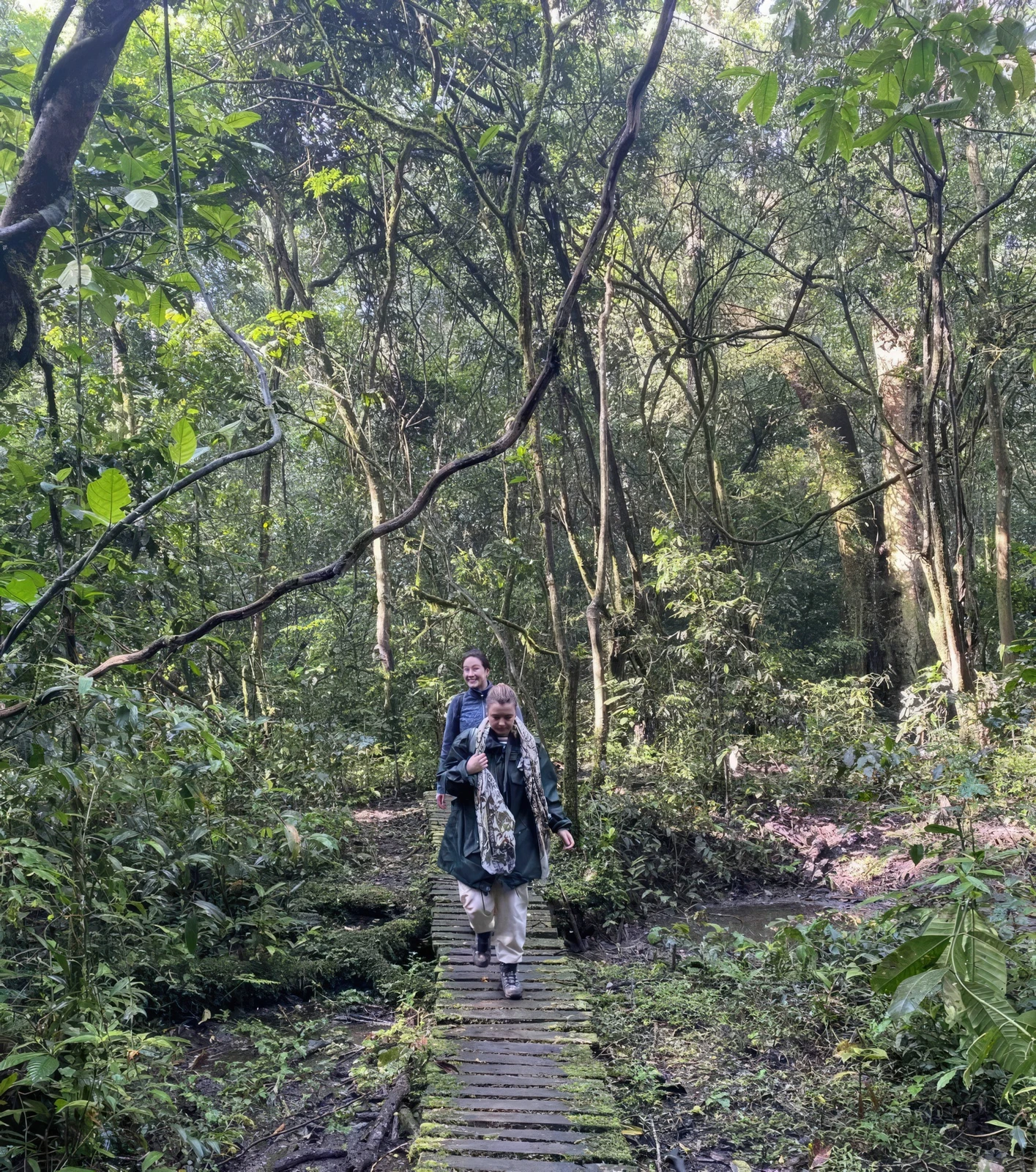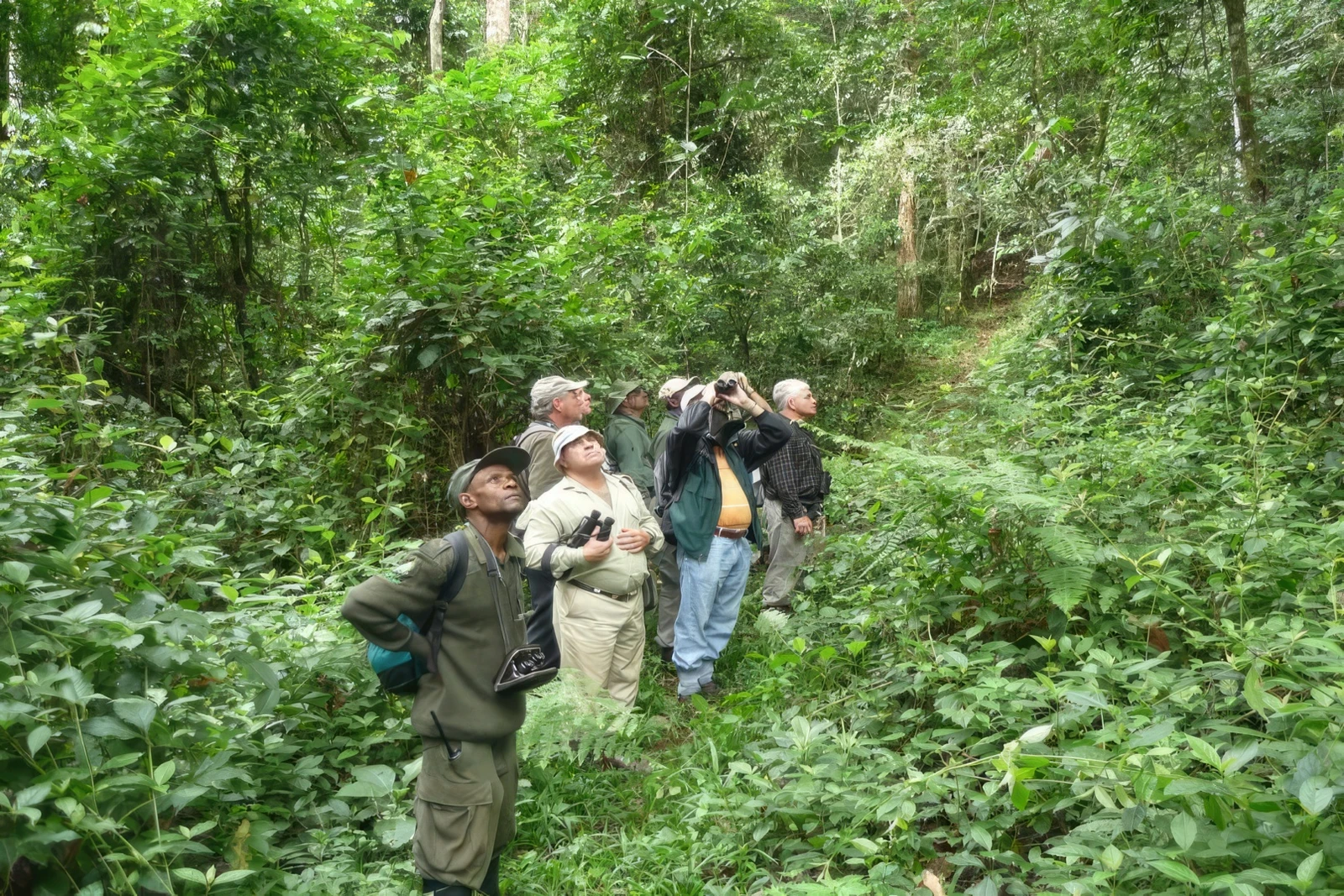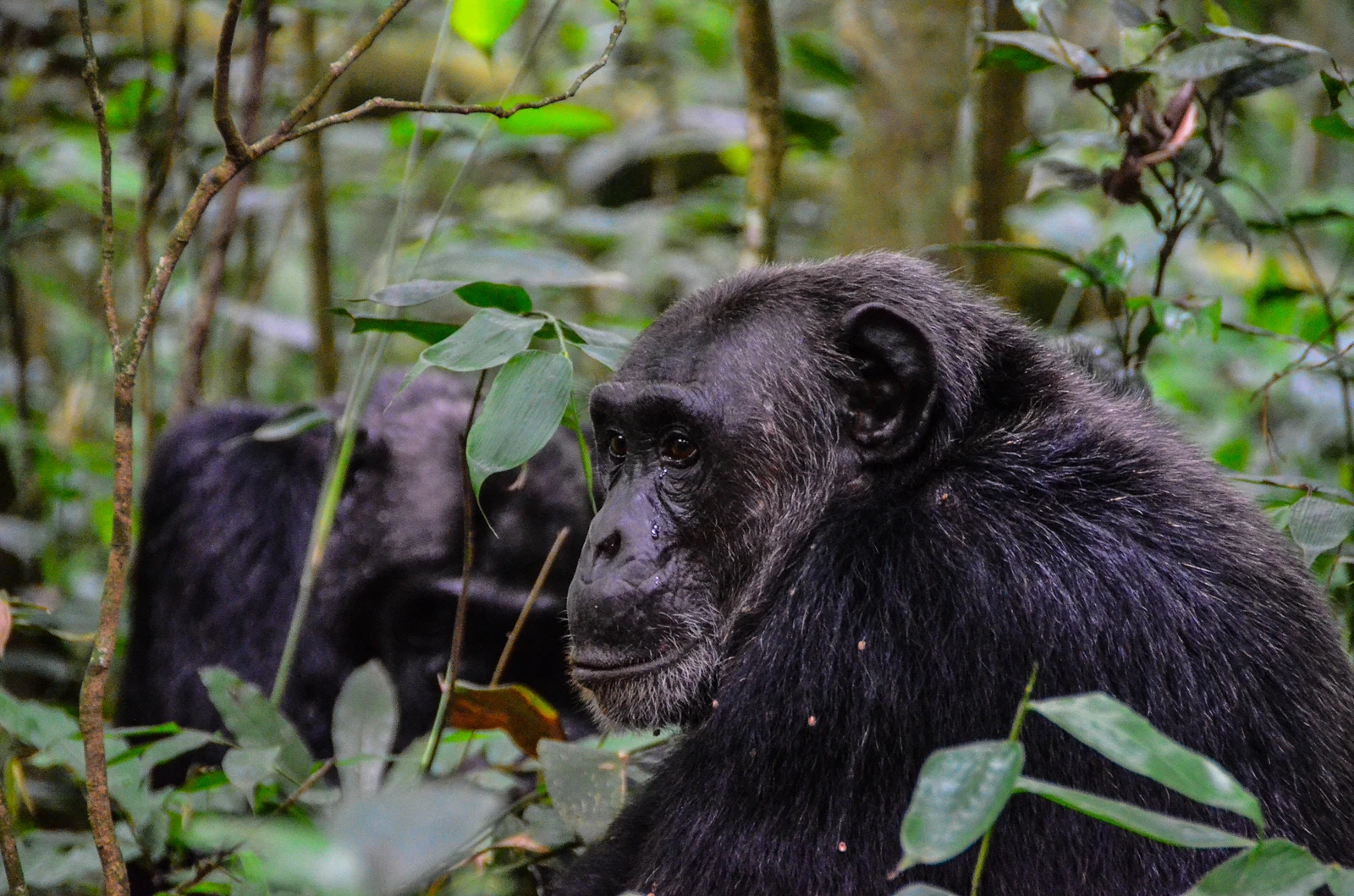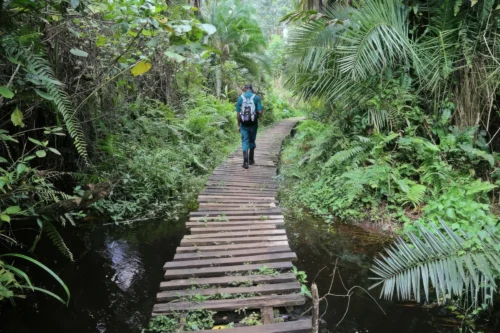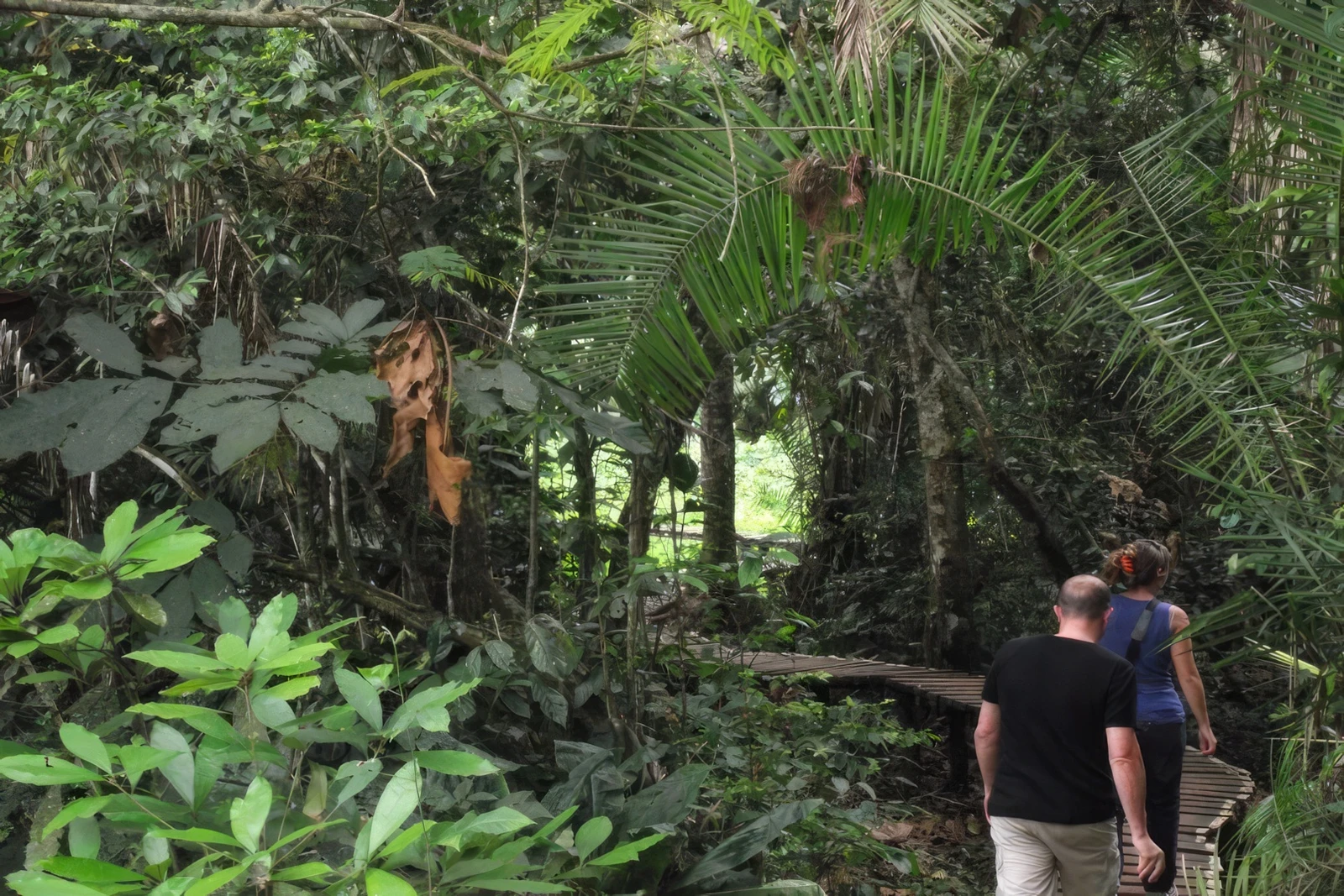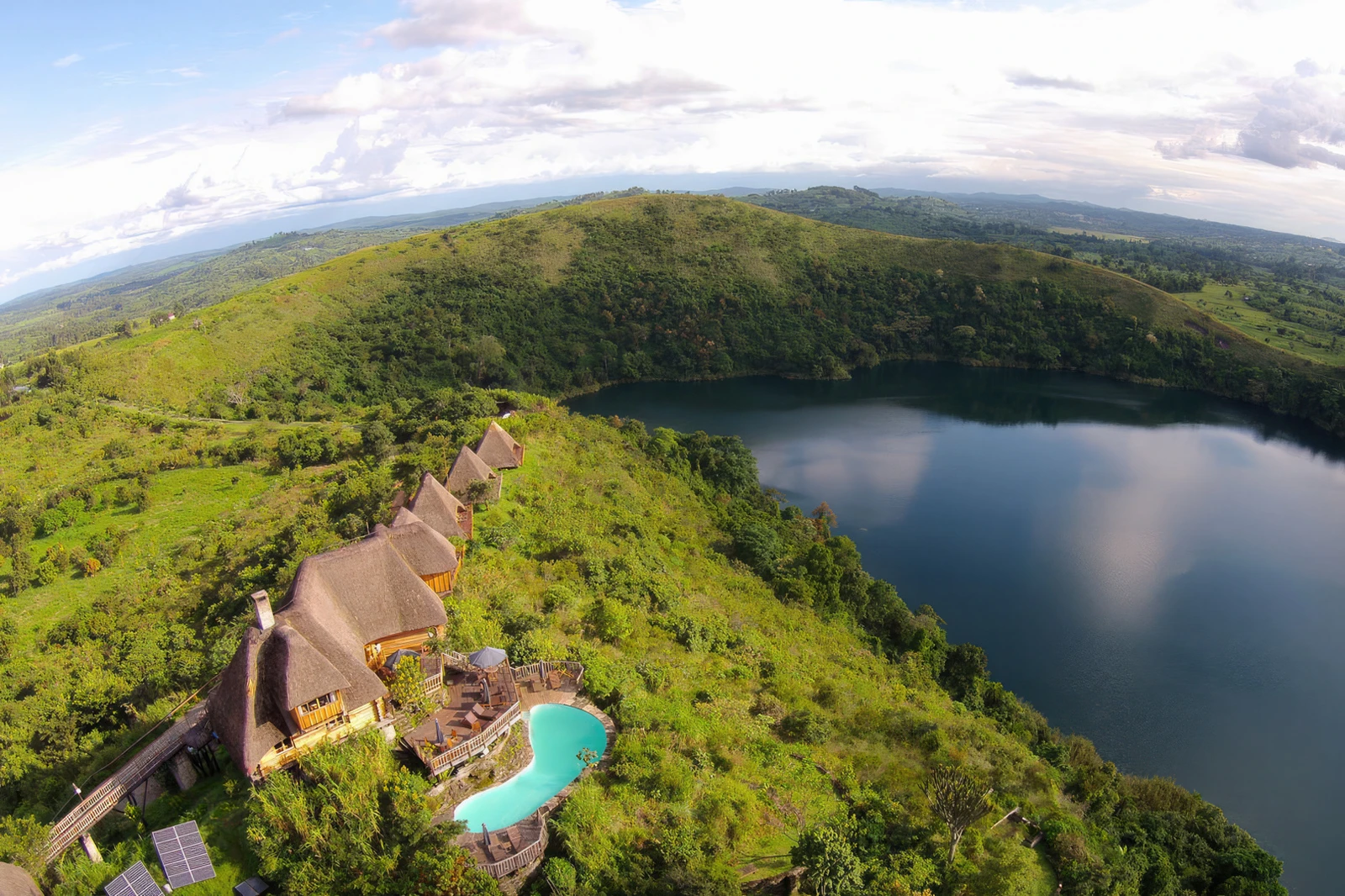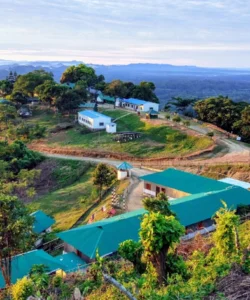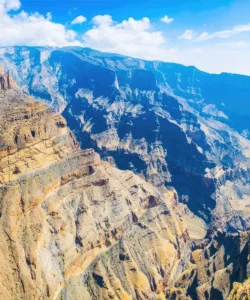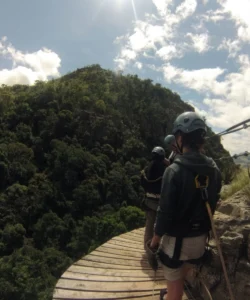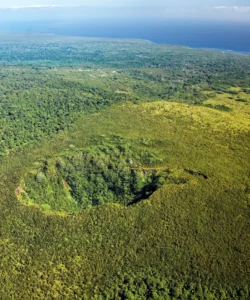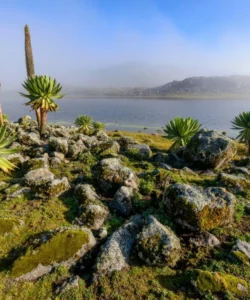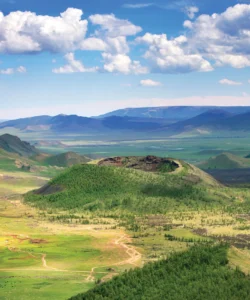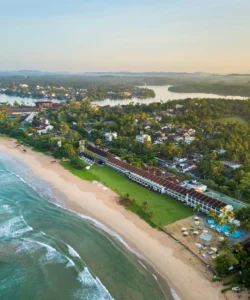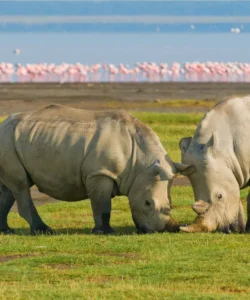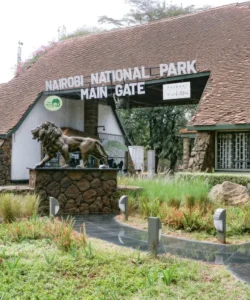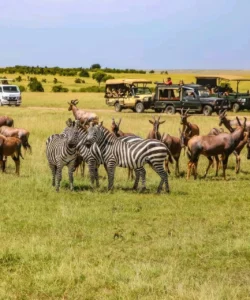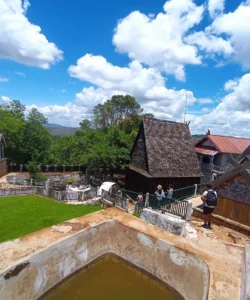Kibale National Park, located in western Uganda, is widely regarded as one of Africa’s premier destinations for primate tracking, especially for its incredibly high density of chimpanzees. This lush, moist evergreen rainforest, contiguous with the larger Queen Elizabeth National Park to its south, is a biodiversity hotspot, home to 13 different primate species, including several endemic to the Albertine Rift Valley. Kibale offers an unparalleled opportunity for chimpanzee trekking, providing intimate encounters with these fascinating great apes in their natural habitat, making it a unique and vital natural wonder.
Listen to an introduction about Kibale National Park

Name: Kibale National Park (KNP)
Address: Western Uganda, primarily in the Kamwenge and Kabarole Districts. The park headquarters and main chimpanzee trekking starting point are at Kanyanchu Tourist Centre.
How to get there:
Reaching Kibale National Park, requires significant international and domestic travel:
- From Entebbe/Kampala (Uganda) to Kibale National Park:
- By Road (Most Common Safari Option): The park is approximately 320 km (200 miles) west of Kampala. The drive takes around 5-6 hours on generally good roads. Safari operators usually arrange pick-up from Entebbe/Kampala and all further transportation in a sturdy 4×4 safari vehicle as part of your package. This route often passes through Fort Portal, a pleasant town near the park.
- By Air (Faster Option): Daily domestic flights depart from Entebbe International Airport or Kajjansi Airfield (near Kampala) to nearby airstrips.
- Kasese Airstrip: Located approximately 60 km (1 hour drive) from Kibale’s Kanyanchu.
- Fort Portal Airstrip: A small airstrip closer to the park.
Flights generally take 1-1.5 hours, followed by a ground transfer.
Best Time to Visit:
Kibale National Park is open for chimpanzee trekking year-round. However, the dry seasons (June to September and December to February) are generally considered the best time for tracking. During these periods, forest trails are less muddy and slippery, making trekking conditions easier, and animals may be more active. The wet seasons (March-May and October-November) offer lush green scenery and fewer tourists, but trails can be very challenging due to heavy rains.
Operating Hours and Entrance Fee:
- Operating Hours: The park is generally open daily from 7:00 AM to 7:00 PM. Chimpanzee tracking permits are for specific morning or afternoon sessions.
- Entrance Fee (for Foreign Non-Residents):
- Adults: US$40 per person per day.
- Children (5-15 years): US$20 per person per day. (Children under 5 are exempt).
- Chimpanzee Tracking Permit: US$250 per person per trek. This is the main cost and includes park entry for the trekking day.
- Chimpanzee Habituation Experience (CHEX): US$300-350 per person (allows for a full morning/day with habituating chimpanzees).
- Note: Fees are subject to change by the Uganda Wildlife Authority (UWA). It’s always best to check the latest rates and book permits well in advance, especially for chimpanzee tracking, as they are limited.
Landscape and Architecture:
Kibale National Park’s “architecture” is its incredibly dense and biologically rich natural rainforest, with minimal human-made intrusions:
- Moist Evergreen Afromontane Rainforest: The park is predominantly covered by a dense, high-canopy tropical rainforest, characterized by towering trees (some reaching over 50 meters in height), a thick understory, and lush vegetation. This creates a humid, dim, and acoustically vibrant environment.
- Rolling Hills and Valleys: The terrain is undulating, with gentle slopes and shallow valleys, unlike the steeper gradients of Bwindi.
- Swamps and Wetlands: Patches of extensive papyrus swamps and seasonal wetlands are interspersed throughout, particularly in lower-lying areas, providing unique habitats and contributing to the park’s high biodiversity.
- Kanyanchu Tourist Centre: A modest visitor center and park headquarters, serving as the main briefing point for chimpanzee trekkers. It includes a small reception area, gift shop, and restrooms.
- Well-Maintained Trails: Within the forest, a network of relatively well-maintained trails (often muddy and slippery after rain) are used for chimpanzee tracking and forest walks.
- Simple Safari Lodges/Camps: Accommodation within and around the park includes various lodges and tented camps, ranging from budget to luxury, designed to blend with the natural environment. These are the primary “architectural” structures for visitors.
What makes it famous:
Kibale National Park is famous for:
- Chimpanzee Tracking: It is widely considered the best place in East Africa for chimpanzee trekking, offering a very high success rate for finding and observing habituated chimpanzee communities in their natural habitat.
- “Primate Capital of the World”: With 13 different primate species, Kibale boasts the highest density and diversity of primates in East Africa. This includes not just chimpanzees, but also red colobus, black-and-white colobus, L’Hoest’s monkeys, blue monkeys, grey-cheeked mangabeys, red-tailed monkeys, vervet monkeys, and baboons.
- Chimpanzee Habituation Experience (CHEX): Kibale is one of the few places where visitors can participate in a CHEX, allowing for a longer, more immersive experience with chimpanzees that are still undergoing habituation.
- Exceptional Biodiversity: Beyond primates, the park is home to over 70 mammal species (including forest elephants, buffalo, duikers, giant forest hogs, and sometimes elusive leopards) and over 375 bird species, including many forest specialists and Albertine Rift endemics.
- Forest Walks and Nature Trails: Offers various guided forest walks beyond chimpanzee trekking, allowing visitors to explore the rich flora and fauna of the rainforest.
- Bigodi Wetland Sanctuary (Community Tourism): Located just outside the park, this community-run wetland offers excellent boardwalk trails for birdwatching and spotting other primates, with proceeds benefiting local communities.
- Crucial Research Site: Kibale is a significant site for long-term chimpanzee research, contributing valuable data to conservation efforts.
Differences from some other wonders:
Kibale National Park distinguishes itself from other national parks and wilderness areas in several key ways:
- Chimpanzee Tracking as Primary Draw: While other parks might have primates (e.g., Bwindi for gorillas), Kibale’s specialization and world-leading success rate in chimpanzee tracking make it the go-to destination for encountering these specific great apes. This focus sets it apart from gorilla-focused parks or general game parks.
- “Primate Capital” Status: Its unrivaled diversity and density of primate species (13 in total) make it a unique and exceptional destination for primate enthusiasts, offering a more comprehensive primate viewing experience than many other parks.
- Rainforest Ecosystem: Its defining feature is its dense, moist, high-altitude tropical rainforest ecosystem. This contrasts sharply with the open savannas of traditional safari parks (like Murchison Falls or Queen Elizabeth) or the more mixed, montane forests of gorilla habitats (like Bwindi). The trekking experience is fundamentally different – dark, humid, and focused on the forest’s intricacies.
- Foot-Based Forest Exploration: While vehicles are used for transport to trailheads, the core experience in Kibale is foot-based trekking through the dense forest, allowing for an intimate and immersive encounter with the rainforest environment and its inhabitants.
- Directly Contiguous with Queen Elizabeth NP: Its ecological connection and proximity to Queen Elizabeth National Park (allowing for combined safari itineraries without extensive travel) are a unique advantage, offering both savanna game and forest primates in one region.
- Research Focus: Its history as a significant long-term chimpanzee research site lends it an additional layer of scientific importance and informed conservation efforts.
In essence, Kibale National Park is a vibrant and essential wonder, a living laboratory of biodiversity and a premier sanctuary for chimpanzees, offering an incredibly intimate and immersive journey into the heart of Uganda’s rich rainforest ecosystem.
